Water Damage from Water Heater
Important Point
Dealing with a damaged water heater is now a common problem in all residential, commercial, and industrial places, often leading to water damage on baseboards and other areas.
Water heaters are generally used in a residential place, and the lifespan of any water heater is near about 10 to 20 years, and they are very effective in their service life period.
Water damage from the water heater can cause severe damage to your home if the heater is not well and properly maintained.
Water damage is happened by pipe damage and other property damages; so, it is very harmful to anyone.
A maximum number of water heater failure (near about 69%) is happed by leakage or sudden burst.
Water damage from the water heater can damage your property very much because water is the biggest enemy of Reinforced Cement Concrete and steel reinforcement.
- Water Damage in Bathroom | How to Fix a Water Damage Bathroom | Signs of Water Damage in Bathroom
- Best Water Tank Company in India
Water Heater Failure Reason
There are many reasons behind water heater flood and failure, which cause water damage. One crucial factor is lack of maintenance, but issues like geyser tank leakage repair needs can also contribute.
There are also some other reasons for water heater failure. Those are in the following below.
1. Corrosion
Corrosion is another enemy of water heater water damage. This damage has happened because the anode rod of the water heater is getting corroded.
The interior part of the water heater tank is made of steel, and we all know that steel is highly sensitive to water and it is corrosion-prone metal. So, we need to change the anode rod with some regular intervals to avoid water damages.
2. Sediment/ Scale
If we are boiling hard water, then there is a major problem of scaling; it is a very severe reason for water damage problems from water heaters.
If we are not cleaning the water heater at a regular interval, then sedimentation will be shown in the bottom part of the water heater tank. It will also create many hazardous problematic situations.
The water heater also faces some problems if you install it in the basement of the building because it is inundated with water. The water heater damage can be detrimental.
Generally, water heaters are damaged related to electrical surge-related problems.
Useful Article for You
- How Much Does a Yard of Concrete Weigh
- How Tall Is a Door
- How Many Stairs in a Flight
- How Many Bags of Concrete in a Yard
- How to Get Burnt Smell Out of Microwave
- How Far Apart Should Fence Posts Be
- How Many People Died Building the Great Wall of China
- How to Draw House
- How to Build a Lean to Roof
- How Many Bags of Concrete for 1 Yard
- How Much Does Cinder Block Cost
- How to Get a House for Free
- How Much Does It Cost to Soundproof a Room
- How to Read a Measuring Tape in Meters
- How to Mount a TV on a Brick Wall
- How Many Brick Are in a Cube
- How Is Transported Soil Different from Residual Soil
- How to Use Washers
- How to Get Property for Free
- How Is Tar Made
How to Repair Water Damage from a Leaking Water Heater?
When it comes to how to repair a leaking water heater, there are many steps involved. It’s essential to know ‘is a leaking water heater dangerous‘ and take immediate action. Those are-
1. Mold and Mildew Removing
Mold and mildew is common problem in the leaking water heater. Mold can be very dangerous if you are not taking any care of it within some time.
To remove the mold, we need to take 1 cup of bleach to 7 cups of water and gently put the mixture in a spray bottle and apply it gently on the affected areas. We have to repeat these steps in regular intervals to protect the place from mold and mildew.
2. Baseboards and Trim
Baseboards and trims are susceptible to water damage on baseboards, especially when you’re dealing with a water heater flood service. At first, we need to cut that damaged portion of the baseboards with a sharp knife to remove the paint seal.
Then you slowly continue your operation to remove the nails and get a grip to pull out that portion. Finally, you need to replace it with another new one at that place.
3. Wood Floors
The wooden floor is prone to water damage. Due to water damage on the wooden floor, discoloration happens. To prevent this problem, we need to use a polyurethane coating over it, and sometimes a waxing layer is also applied. The best option for the floor damage treatment is repairing the subfloor and refinishing the entire room.
4. Carpets
Carpets are a very useful thing, and it is widely used in residential houses, but it is very difficult to resist water damage. If water is flowing over it and you do not take the necessary action, then it will create some serious problem, and that will affect the floor of your building. So, you need to use a vacuum cleaner to clean the water from the carpet.
5. Drywall Repair
If the water heater leak drywall damage is minimal, then it would be relatively easy to repair; you just need to need to cut out the damaged area and make a hole by using a drill machine.
Then you just need to fix another portion of the drywall at the same place. To fix this, you just need to put knife and drywall components and apply them over the wall and edges.
6. Plaster Repair
Plaster is also affected by water damage. If the plaster is damaged, then you need to put some serious care about that. Generally, you need to remove the whole plaster of that portion and provide new plaster along with water-resistant liquids. White patches are shown generally in the water-damaged plasters.
7. Pests
This is a minor reason, but it also affects that. So, you need to care about these parts and prevent mice, cockroaches, birds, and other animals or insects not to enter your home or basement.
Also Read:Repairing Water Damaged Wall | How to Repairing Water Damaged Wall | How to Fix Water Damaged Wall
What Damage Can a Water Heater Do?
Whether gas or electric, water heaters typically last 10-13 years – if you pay attention to them. Sometimes, a water heater will start leaking near the supply lines, and if you don’t correct the leak, it could not only damage your surrounding floor and drywall but also lead to corrosion and failure.
What Happens When Water Heater Leaks?
Even a small amount of water leaking from your water heater can cause damage to your floors, sub-floors and walls. A significant flood could lead to hefty repair bills and damage to personal property. Water heater leaks can also be a health concern and lead to mold and mildew.
Can Hot Water Heater Damage Pipes?
Water heaters are in near-constant use because the tank must maintain a supply of hot water at all times. This heavy workload can cause the water pipes to develop a slow leak or suddenly burst.
What Does It Mean When a Sensor Fails on a Water Heater?
What does sensor failure mean on a hot water heater? A thermocouple or flame sensor is a device used to control gas flow in gas water heaters. Often a bad thermocouple is a reason why a water heater pilot does not ignite or a burner does not stay lit.
What Are the Causes of Water Heater Corrosion?
Water acidity, electrical conductivity, dissolved oxygen, and temperature contribute to water heater corrosion. The first three items are present in varying quantities depending upon the source of your water supply. The water temperature within the tank can also vary, depending upon how high you set the thermostat.
What Causes Immersion Heater Elements to Fail?
Failure of immersion heater elements in a normally operating copper hot water storage tank may be caused by corrosion, or by the development of an electrical defect. Corrosion failure is due to perforation of the element sheath (generally copper) or corrosion leakage of the soft solder seals between the sheath and the element boss.
Can a Water Heater That Is Leaking Be Repaired?
If your water heater is leaking from the bottom, it may be leaking from the drain valve or the internal tank. Drain valves can usually be repaired. However, if the internal tank is leaking, the only repair is to replace the water heater. Water heater repairs do not have to be scary.
Can a Water Heater Leak Damage Wood Flooring?
Water damage and a leaking water heater go hand-in-hand. That’s especially true if you didn’t detect your leak until your floor was covered in water. Once you’ve fixed the leak it’s time to assess your floor for damage. All types of flooring can suffer water damage. But wood flooring is especially at risk.
What Happens When Your Water Heater Leaks?
Even a small amount of water leaking from your water heater can cause damage to your floors, sub-floors, and walls. A significant flood could lead to hefty repair bills and damage to personal property. Water heater leaks can also be a health concern and lead to mold and mildew.
Like this post? Share it with your friends!
Suggested Read –
- Gravity Dam
- How to Spot Hail Damage on Roof | Metal Roof Hail Damage | What Does Hail Damage Do to a Roof | 6 Signs of Hail Damage on a Roof
- Cracking Moment | Cracking of Concrete | Types of Cracks in Concrete | Calculating of Cracking Moment for Hollow Rectangular Beam
- Specific Gravity Test of Bitumen | Procedure of Specific Gravity Test of Bitumen | Result of Specific Gravity Test of Bitumen
- Difference Between Flexible Pavement and Rigid Pavement | What is Pavement | Types of Pavement
- What Are Columns | Types of Rcc Column | Round Column Vs Square Column | Pillar Vs Column
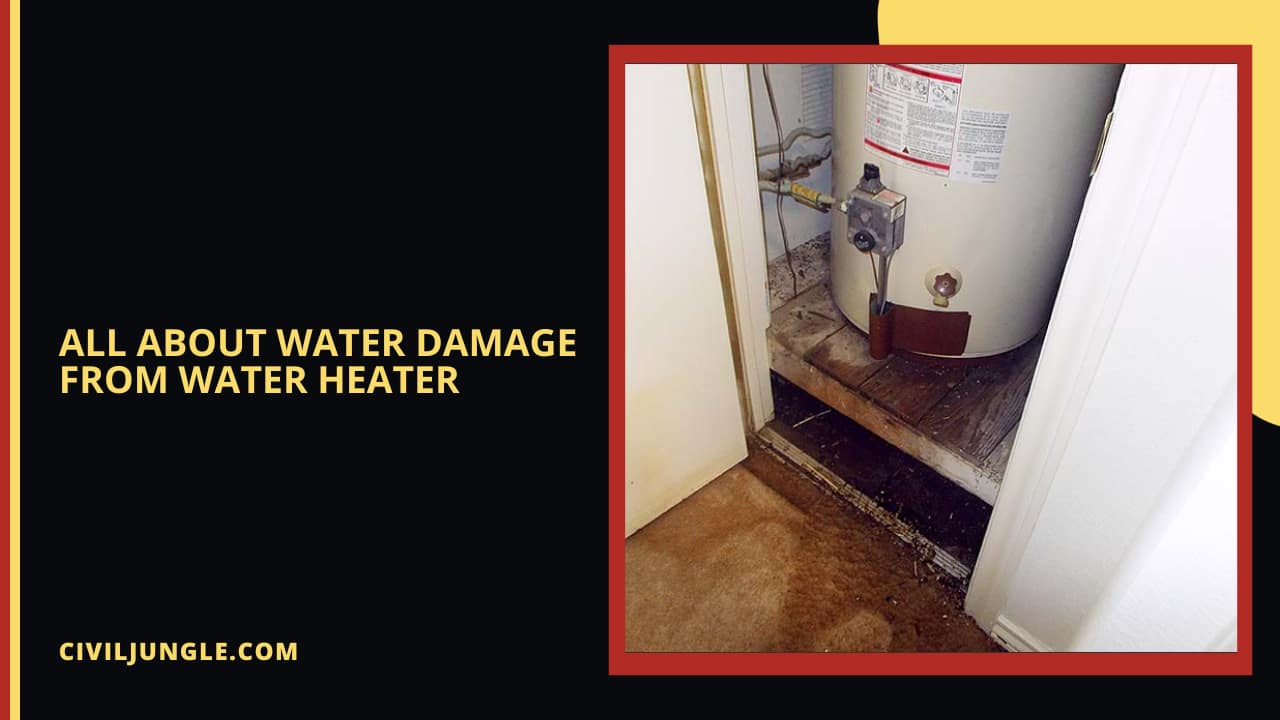
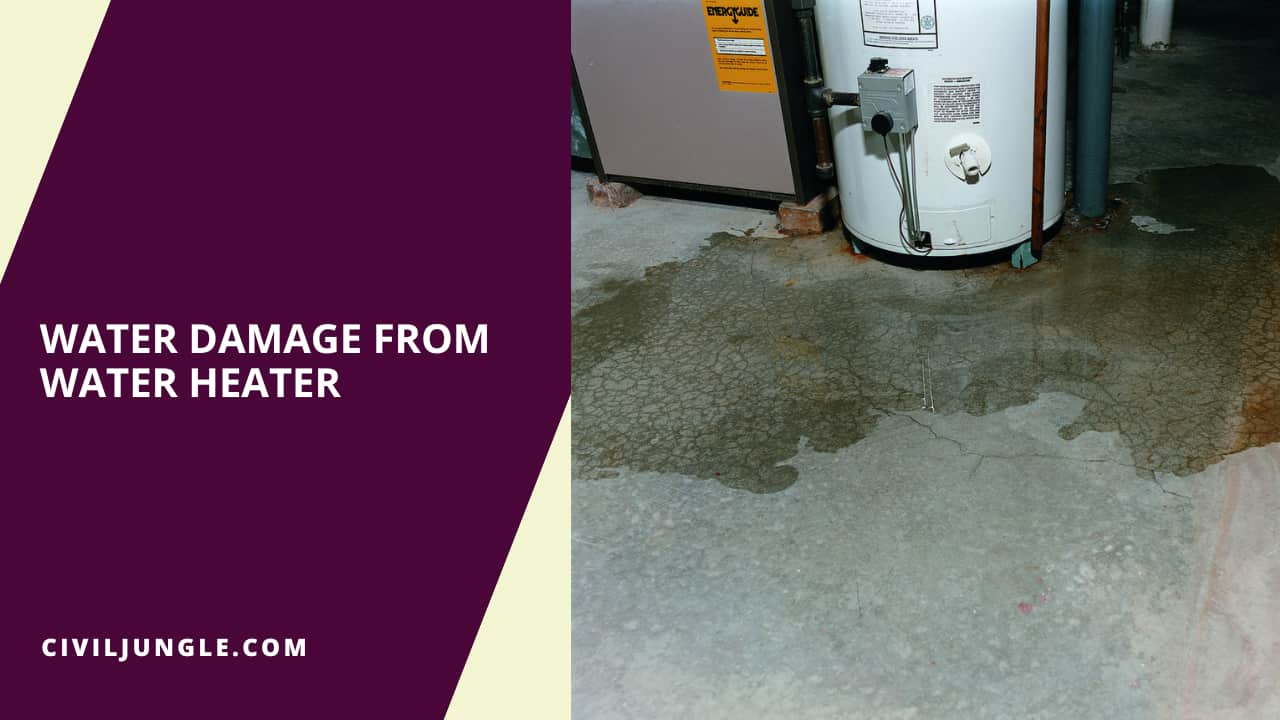
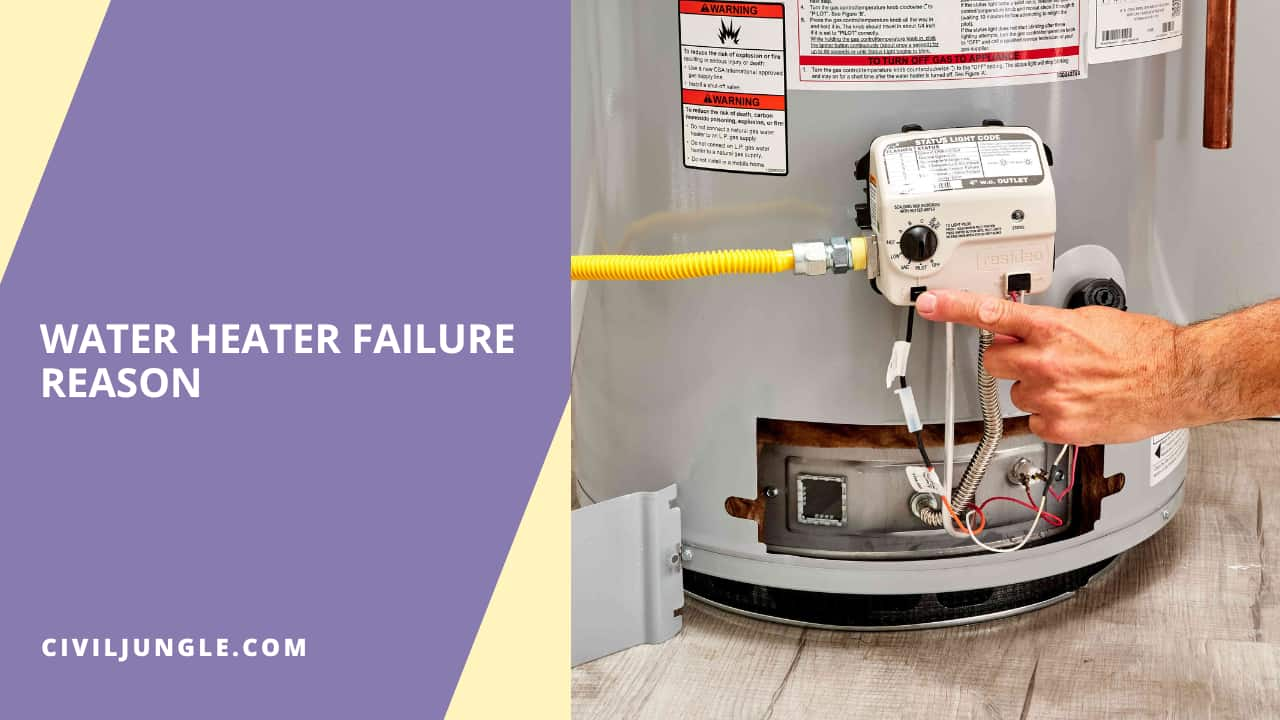
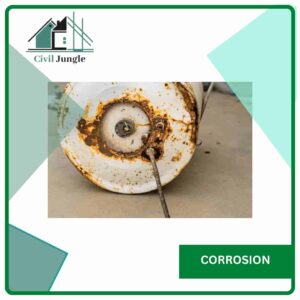
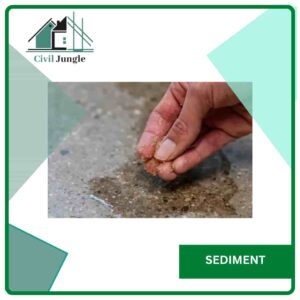
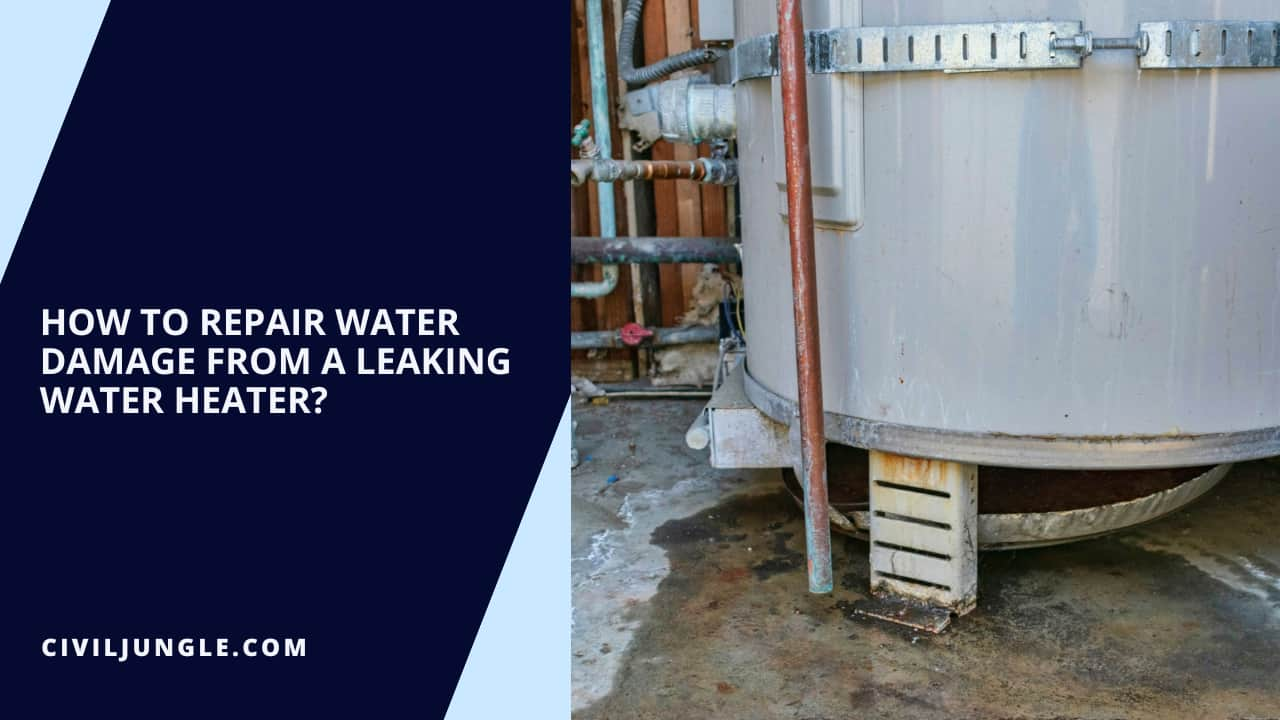
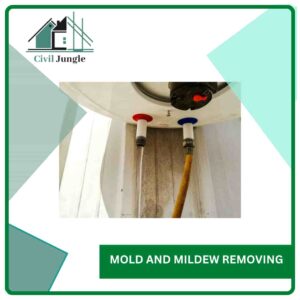
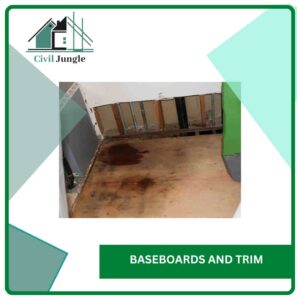
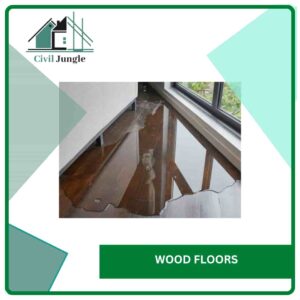
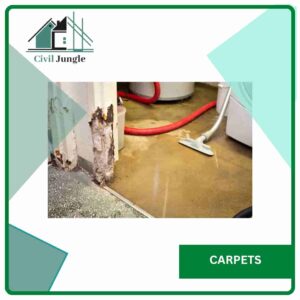
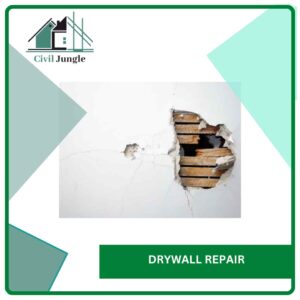
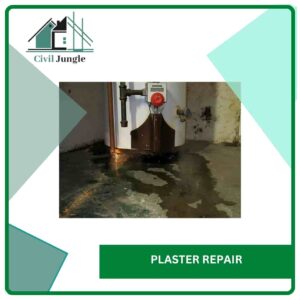


Leave a Reply